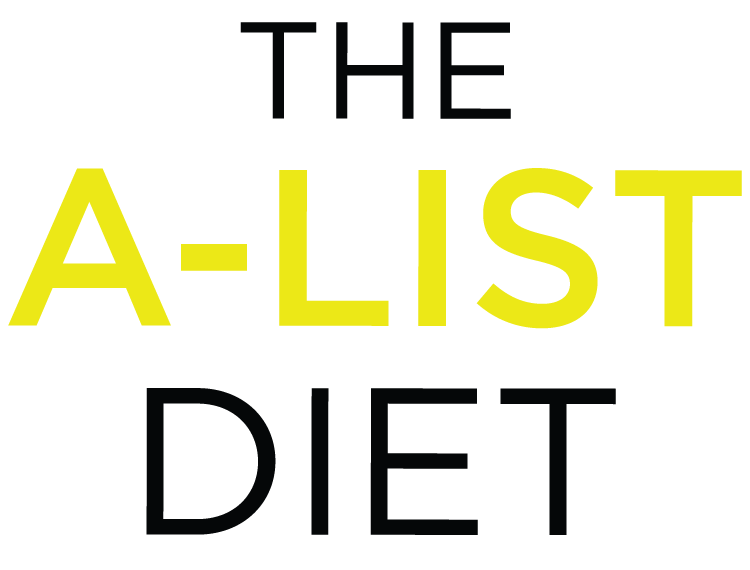I know you’re looking for the numbers, so here they are. You can lose five pounds a week on The A-List Diet, sometimes more. I have had patients lose seven to ten pounds in one week. But keep in mind that it’s easiest to lose weight at the beginning of any diet. So, after the first two weeks I would expect you to lose an average of two or three pounds per week, which is a sensible and successful way to lose weight until you reach your goal and then maintain it.
When it comes to this diet plan, I’m not going to set your weight loss goals for you. I know you want to lose weight to look terrific, but in truth, you should get healthy and let the weight loss be a side effect—that’s the doctor in me speaking.
If I had to give you some guidelines, you may want to refer to your body mass index (BMI). There are plenty of apps to help you figure out your ideal weight based on BMI, or you can always consult your health care practitioner. I readily admit the BMI is not the perfect tool, but it can certainly give you a sense of where you want your weight to be to achieve optimal health.
In any case, ideally you should set your own goals based on what you want to achieve, not some unrealistic vision of skinniness. This is exactly what my A-List Diet program is for—to help you set realistic goals and achieve them. Trust me, it’s a great feeling. After following the simple steps and recommendations I outline in the book—both your waistline and your health will thank you.
A-Listers’ Corner
Question: I feel like I’m driving myself crazy trying to manage my calorie intake. Should I count calories?
Answer: The short answer is no!
There is a clear-cut distinction between a healthy, nutritive calorie and a non-nutritive calorie. And this is where most commercial diet programs get it all wrong.
In order for you to have meaningful weight loss and a successful weight management program, you must understand why certain foods are healthy and contribute to your body functioning well and others don’t. Programs that focus on calories miss the entire point of eating to be healthy, so weight loss (and, more importantly, weight management) suffers as a result.
So, what happens in this scenario is, “I will have 100 calories of ice cream instead of broccoli, and that’s the same thing.” No! The way your body responds to 100 calories in the form of ice cream is vastly different from the way it responds to 100 calories in the form of broccoli. The nutrients in these foods determine how they are absorbed and metabolized.
For long-term success—and that is what the A-list program is all about—you must care about the long-term metabolic, hormonal, digestive, mental, and overall health aspects of your diet.
A calorie is not just a calorie.
One more thing…
Celebrities are all about an unrealistic version of skinniness, which shouldn’t be our main goal. It is, after all, their job to look good on screen and in print. And as someone who works with these people, I can tell you that in order to achieve those sorts of results, you have to either A.) be genetically blessed or B.) be very drastic in terms of food and exercise—and more often than not, both.
While I can help you with the dieting portion of how the A-listers stay slim, and you will even get some tips on how to enhance your genetics, the exercise and other enhancements that they do for themselves are not what you will find in this book.
Of course, that’s not to say that you should set the bar low…or that you won’t get amazing results. The fact is, even seemingly unrealistic weight loss goals are attainable through this diet because of the metabolic advantage you gain through protein boosting. The protein boost never fails!
But I do want to remind you that ANY weight loss is a positive thing! Especially if you’ve been carrying around excess pounds for years.
So try to be realistic and do this diet in a healthy way. You may not look like Jennifer Aniston when all is said and done, but you will look like the best version of yourself. And even more importantly, you’ll FEEL like the best version of yourself.

